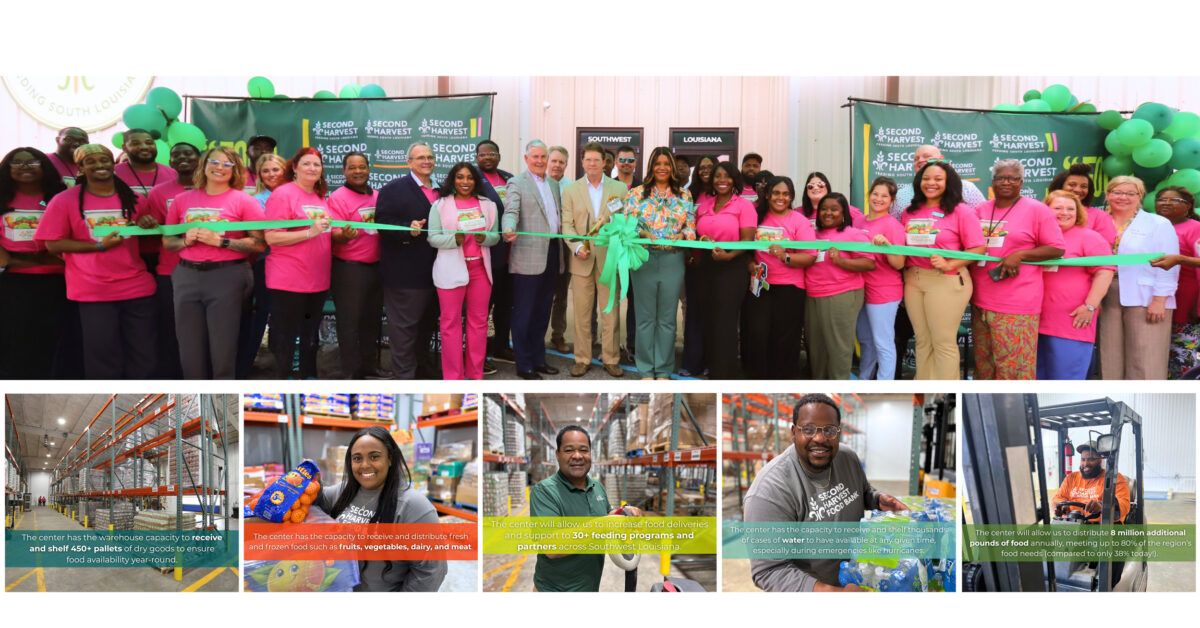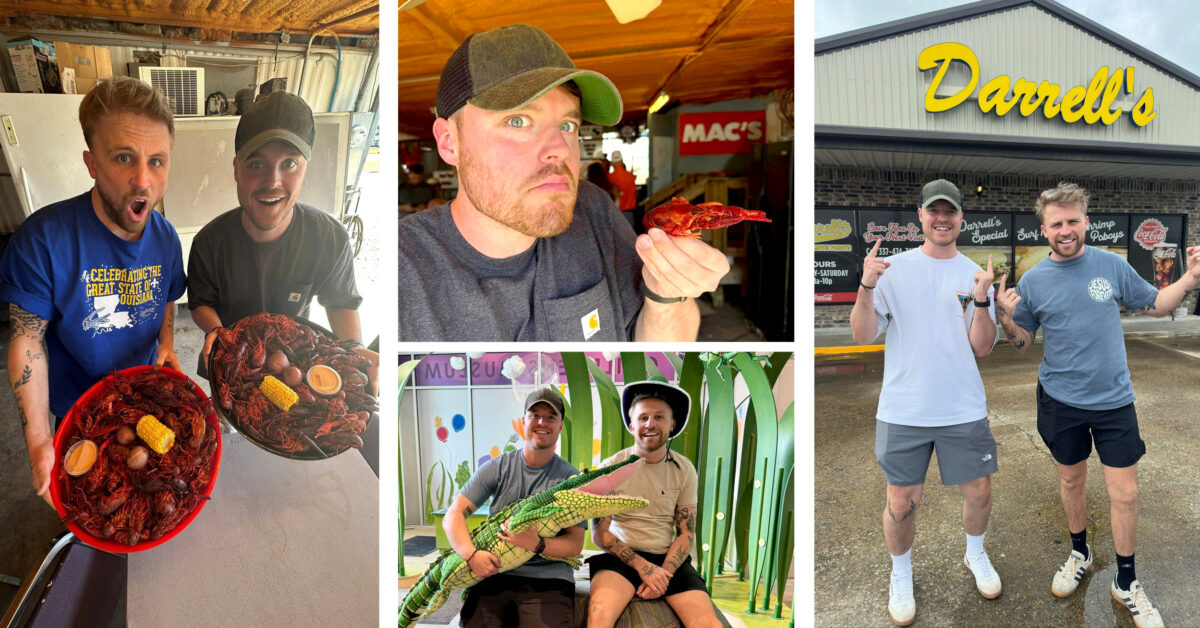
The Southwest Louisiana Adventures of JOSH & JASE: Social Media Sensations Visit Lake Charles
June 2025
Summerizing Your Hair
June 2025In early May, Second Harvest Food Bank celebrated the grand opening and ribbon cutting of its distribution center to better serve Southwest Louisiana.
Community leaders, including Lake Charles Mayor Nic Hunter, McNeese State President Dr. Wade Rouse and Second Harvest Southwest Louisiana Board member Dennis Stine, delivered remarks on the positive impact of Second Harvest, alongside Second Harvest executives, team members and partners.
This milestone represents Second Harvest’s commitment to addressing hunger in the region, where one in six residents experience food insecurity, including one in four children and one in seven seniors. The new center will serve over 30 local food pantries and feeding programs, increasing the organization’s capacity to deliver 8 million additional pounds of food annually, meeting 80% of the food assistance needs in Southwest Louisiana.
“This is our first distribution center in the region and a game-changer in efforts to end hunger here,” said Paul Scelfo, chief regional officer of Second Harvest Food Bank. “This center isn’t just a building. It’s a beacon of hope, a hub of emergency response and a bridge for rural food deserts. More of our neighbors will be able to access nourishing meals, regardless of their circumstances.”
Key Features of the New Distribution Center:
• 24,000 Square-Feet Facility: Equipped to receive, store and distribute thousands of pounds of food weekly.
• Refrigeration and Freezer Space: Equipped to receive, store and distribute fresh and frozen foods, ensuring well-balanced meals for recipients.
• Warehouse Capacity: Able to store up to 450 pallets of dry goods and water to meet high- demand scenarios.
• Disaster Preparedness: Fully outfitted with a backup generator for uninterrupted operations during emergencies.
Building on Second Harvest’s critical role during major emergencies like Hurricanes Laura and Delta, the distribution center will enhance logistics and disaster response capabilities for the region. And not only will the center enhance efforts to build food security across the region, but it will also create local jobs and volunteer opportunities, empowering residents to actively participate in combating hunger.






